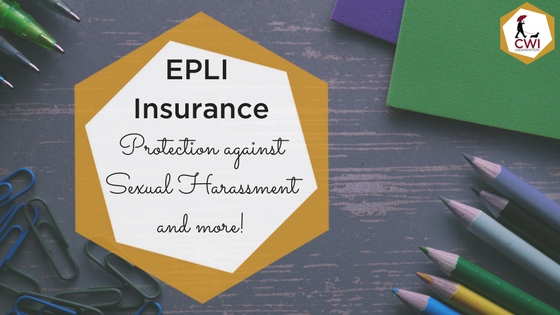Seems like every day we hear about another public figure that gets accused of sexual harassment. Did you know that you can be exposed to a lawsuit if one of your employees is harassing another? How can you protect your business against not only sexual harassment, but all forms of harassment that may be happening between your employees?
Let’s discuss some basic differences within the kinds of harassment.
Sexual Harassment – is an umbrella term that encompasses a range of unwanted behaviors. This includes (but is not limited to):
- Sharing sexually inappropriate images or videos, such as pornography, with co-workers
- Sending suggestive letters, notes, or e-mails
- Displaying inappropriate sexual images or posters in the workplace
- Telling lewd jokes, or sharing sexual anecdotes
- Making inappropriate sexual gestures
- Staring in a sexually suggestive or offensive manner, or whistling
- Making sexual comments about appearance, clothing, or body parts
- Inappropriate touching, including pinching, patting, rubbing, or purposefully brushing up against another person
- Asking sexual questions, such as questions about someone’s sexual history or their sexual orientation
- Making offensive comments about someone’s sexual orientation or gender identity
Non- Sexual Harassment
Behavior such as making racist or negative comments can be construed as workplace harassment. Offensive gestures, drawings, or clothing also constitute harassment. You should address this sort of workplace bullying in the same way that you would sexual harassment – by reporting it to human resources and if nothing is done, then filing a harassment claim with the EEOC.
Instances of workplace harassment include discrimination such as:
- Making negative comments about an employee’s personal religious beliefs, or trying to convert them to a certain religious ideology
- Using racist slang, phrases, or nicknames
- Making remarks about an individual’s skin color or other ethnic traits
- Displaying racist drawings, or posters that might be offensive to a group
- Making offensive gestures
- Making offensive reference to an individual’s mental or physical disability
- Sharing inappropriate images, videos, e-mails, letters, or notes in an offensive nature
- Offensively talking about negative racial, ethnic, or religious stereotypes
- Making derogatory age-related comments
- Wearing clothing that could be offensive to ethnic groups
Non-sexual harassment isn’t limited to these examples. This harassment also includes any comment, action, or type of behavior that is threatening, insulting, intimidating or discriminatory and upsets the workplace environment.
Protect against employee lawsuits with EPLI insurance
Employment practices liability insurance, known as EPLI, provides coverage to employers against claims made by employees alleging discrimination, wrongful termination, harassment and other employment-related issues, such as failure to promote.
Large corporations typically have substantial EPLI coverage in place, however, small businesses are often the most vulnerable to employment claims. One of the main reasons is because they lack a legal department or an employee handbook detailing the policies and procedures for hiring, disciplining or terminating employees.
CWI Underwriters is here to help protect any possible liabilities that can interrupt your everyday business. Let us worry about your insurance, while you run your business!



